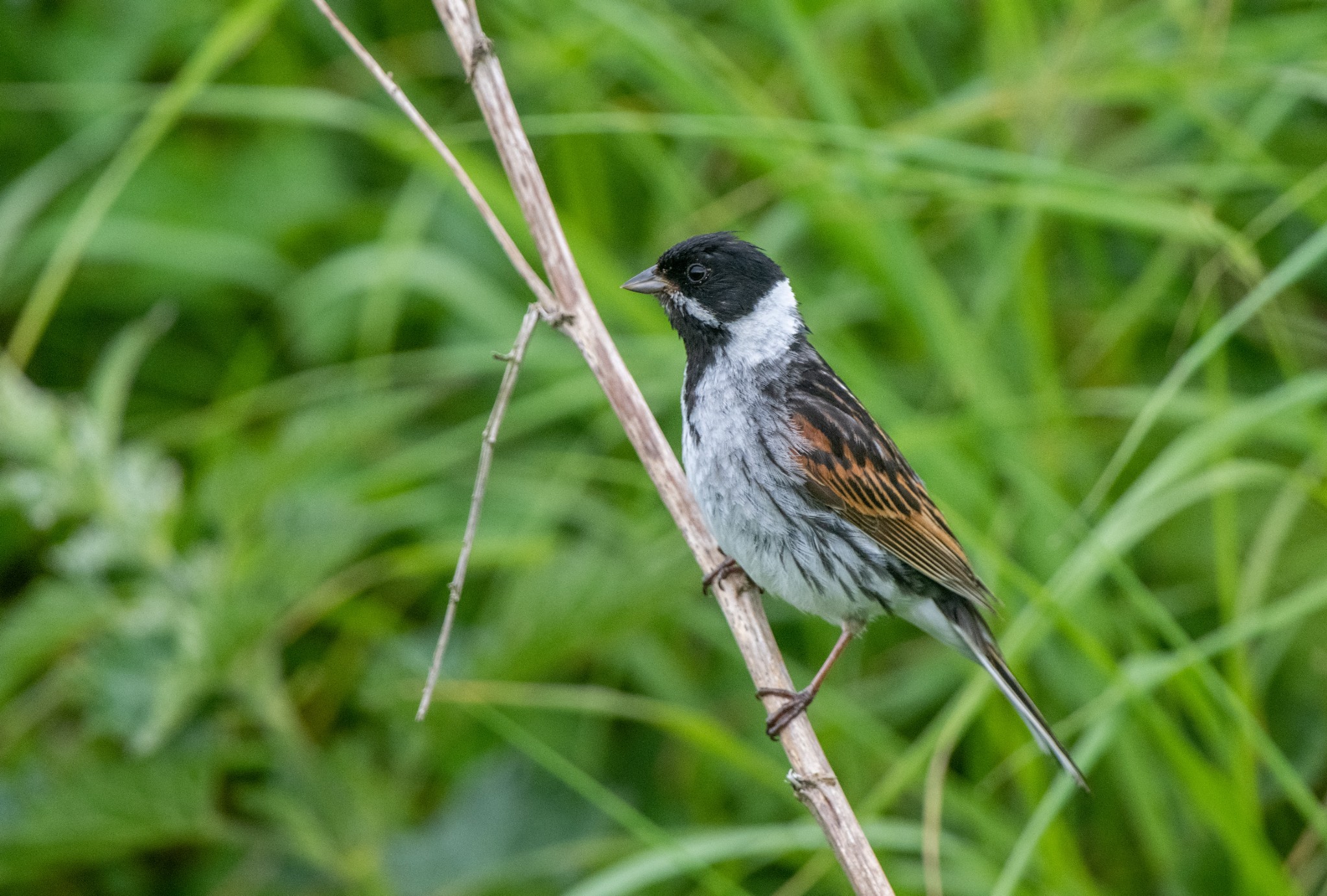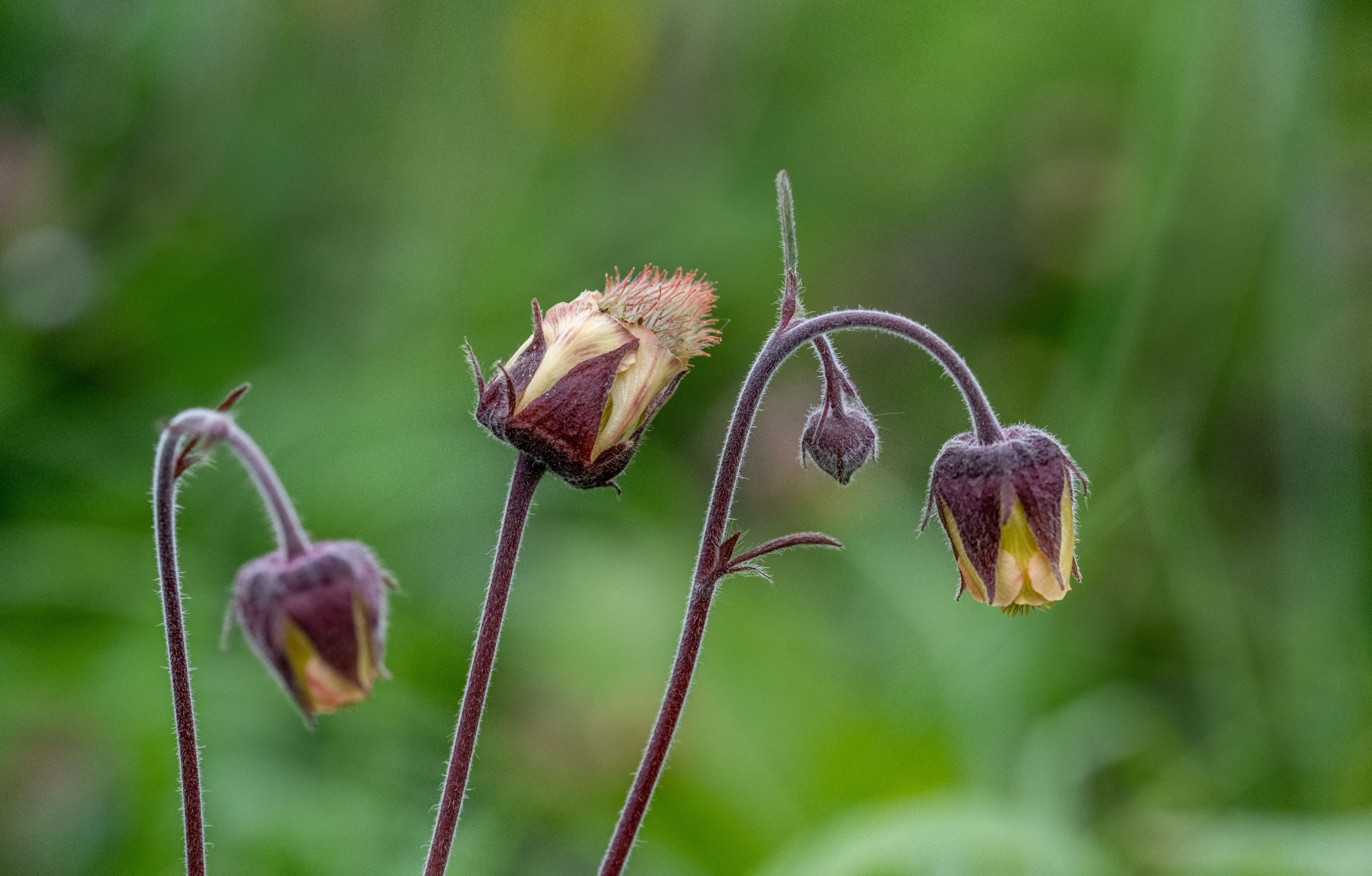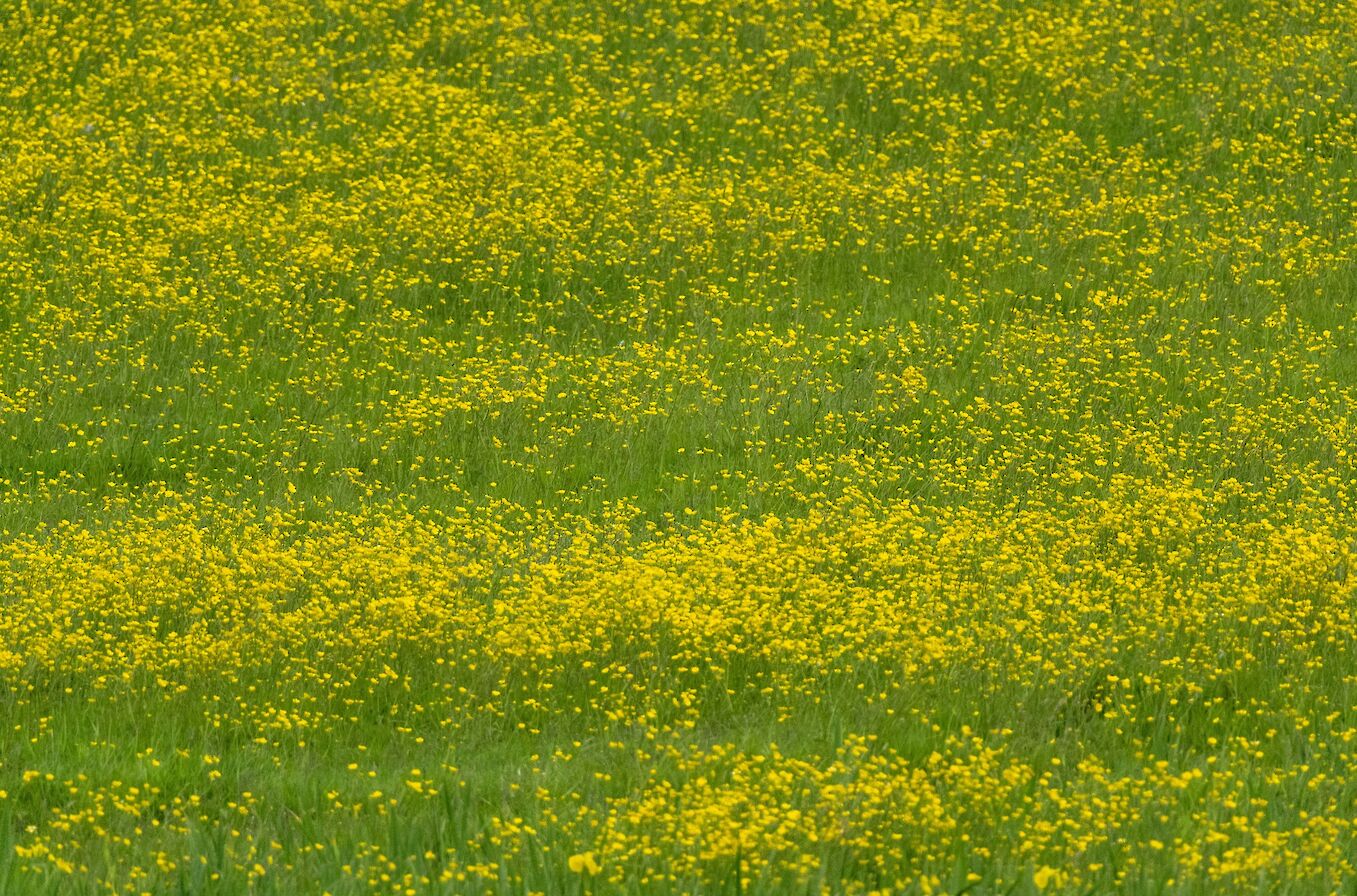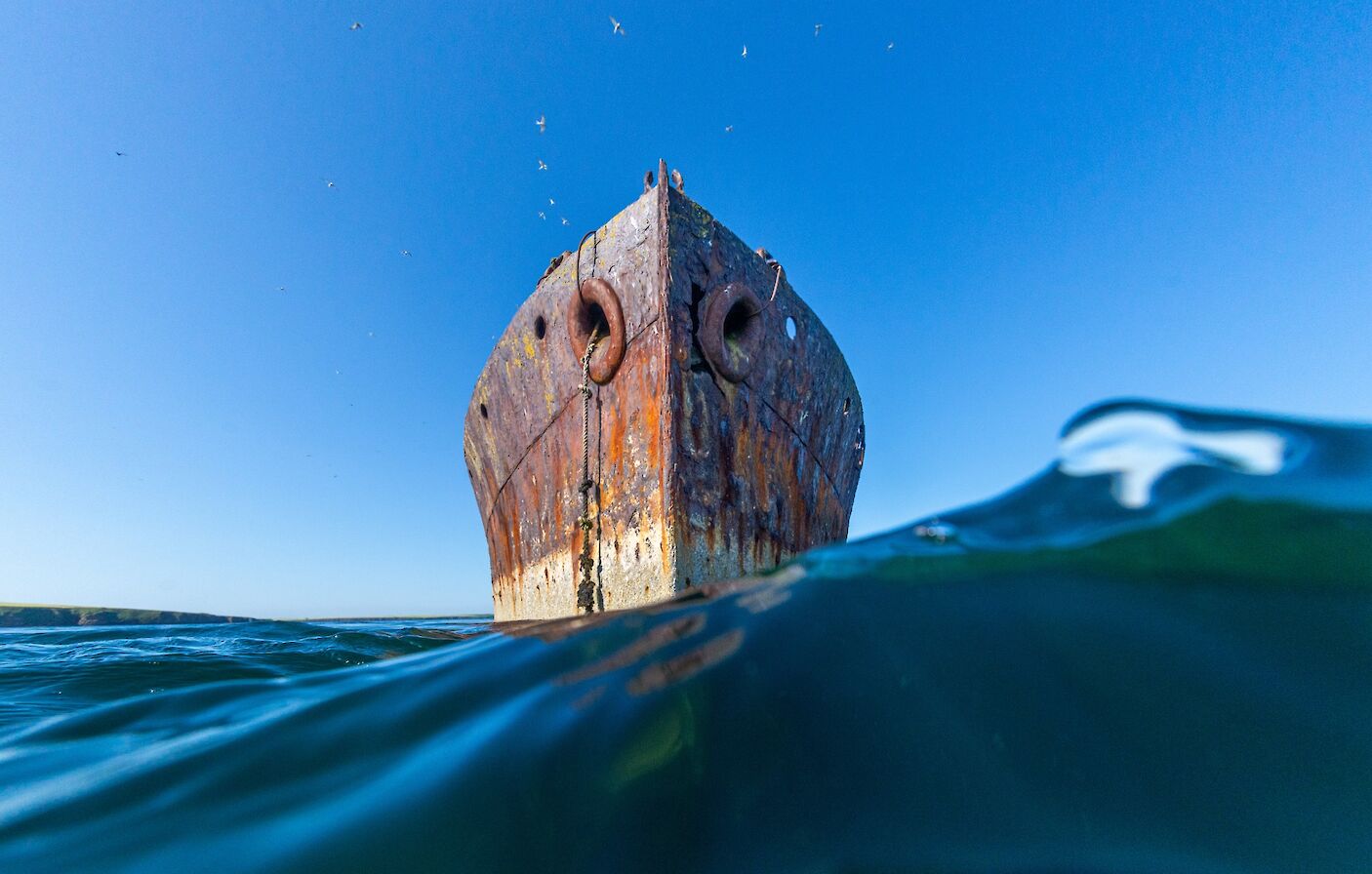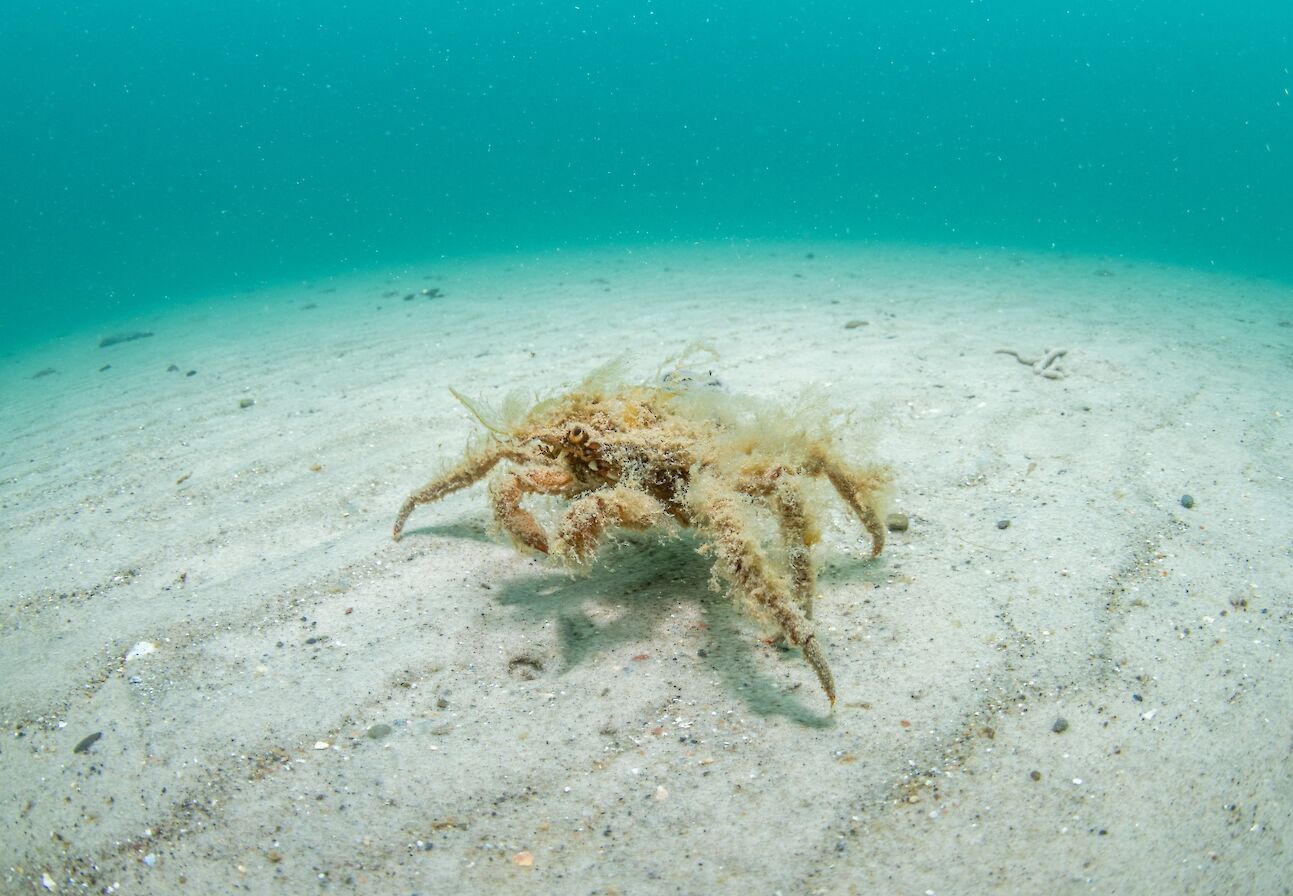The beauty about living in a place like Orkney is that getting to know your local patch is easy.
Nothing is really very far from anywhere and so your local patch can be wherever you like. I live in Kirkwall and so consider Scapa beach my local patch. I used to cycle there after school when I was a teenager to count wader numbers, but over these last few years I’ve been spending more and more time at Inganess beach, out towards the airport.
I concede this partly came about as a convenient place to take my dog as there are several easy walks here. But now it’s much more than that, I enjoy every visit and feel like I’ve started to know the place, its seasons and creatures. As always though, it’s very much just scratching the surface.
I’ve come down the brae on a still early morning and Inganess Bay, a wide-open expanse between tall cliffs on its west side and Kirkwall Airport on its south east, is laid out before me. The most striking and unavoidable feature here is the wreck of the Juniata, sitting upright just offshore, a deep rusty brown in the almost mirror-like sea.
I park up and immediately I can hear the familiar sounds of two birds, two that couldn’t look more different, but both are very noisy. Overhead I scan to see whether I can spot the first and sure enough, a red-throated diver is heading down to the bay, straight necked and missile like. It does one quick turn and drops down, almost belly flopping next to the wreck. Red-throated divers breed on small moorland lochans but need to feed at sea, so it’s common to see them flying back and forth here between feedings and breeding sites.
The second bird is tiny compared to the diver, a sedge warbler. Right next to the small car park lies a wonderful little wetland and at this time of year the small lochan is almost completely choked with vegetation, such is the extent of the lush growth here. Running alongside it is the Wideford burn, and adjacent to it on its east side is a large area of reeds, thick with iris, horsetails and scrubby growth, an ideal habitat for sedge warblers.
I hope to photograph one but this individual is giving me something of the runaround. I can hear its scratchy jangly song and spot it in the reeds. But once I approach, it hops down the reed almost like one of those woodpeckers you used to get on pencils as a child. I wait and it pops back up and sings again, but as soon as I lift the lens, down it pops again. I’m not really up for this game of hide and seek so I head up the track in search of another bird that seems to do well here, the reed bunting.
I see a male flitting between vegetation low down in the burn. His song is a bit more rudimentary but it leads me towards him. He’s more accommodating and stays long enough for some pictures. He’s really handsome with a streaked black and rust-covered back a striking black head and throat, interrupted at the base of his bill by what looks like a white moustache. He’s a topper and I’m glad to see him.
A bird that isn’t quite so glad to see me though is the curlew. It clearly has a chick somewhere in the thick vegetation and is circling and calling. Curlews are generally quite wary birds, alert and keeping their distance from people through most of the year. If one lands reasonably close then it’s because a chick is nearby. I carry on down the path in order to put some space between us.
The right side of the burn is a riot of yellow. The grazed fields here are one big swathe of buttercups, with the gaudy heads of flag iris also numerous in the wet ground. But one flower that does catch my attention amongst all the yellow is the water avens. Its droopy heads are a wonderful contrast of maroon and peach. It is a flower that has suffered through the years from the draining of wetlands throughout the UK, as well as Orkney, but it still does well along burns and glades. Small patches of powder blue forget-me-nots and bright red campion break up the yellow.
As I head back towards the sea, I spook some fish in the deepest pool in the burn. Even this isn’t very deep but deep enough for a small group of sea trout to survive. I see something dart into cover and hope for an otter. I’ve found spraint along this burn but the hope is more wishful thinking really. I almost walk past what it actually turns out be, given its amazing camouflage. A female mallard and an older grown chick are stock still. I pretend I haven’t seen her and carry on walking.
The shallow water here is very popular with ‘wild swimmers’ and today is no different with several people already in the sea. Today I’m going to join them as I’m going to snorkel out to the wreck. The water at this time of year is actually pretty ‘warm’ (I use the term loosely) but I’m still going to wear my 7mm semi-drysuit, essentially just a thick wetsuit. The Juniata started life as the RFA Sprucol, a thousand-ton coastal tanker built in Sunderland in 1918. Not long after she was commissioned, she was torpedoed by a German submarine and towed to Hull for repairs.
During the Second World War she was scuttled at Water Sound as part of the Churchill Barrier defences but was raised again in 1949 for scrapping. She was in poor condition however and so was towed to Inganess and beached. Now she is a perfect artificial reef for a profusion of life.
Even on the way out to the wreck there is so much to see. Shore crabs bury themselves in the soft white sand when they see me coming and a spider crab, festooned with algal growth, does its best to blend in with the large kelp frond it inhabits. Unusually, a greater pipefish, a bony-looking creature not unlike a seahorse, is swimming out in the open. Usually, they prefer a degree of cover but it is a joy to watch as it effortlessly skims over the seabed.
As I approach the wreck, its bow looming overhead, I’m aware of a flock of birds above me. A colony of common terns has established itself on the deck of the wreck and they aren’t best pleased at my presence. If you do visit the wreck, don’t feel tempted to get on it just now as the terns really will defend their patch. So, I head underwater to avoid annoying them and see something I haven’t seen before, one of those perfect marvels of nature.
Swaying gently on the sea floor is a pale white structure, almost like a simple rosette. There is more than one of them - in fact the seabed is littered with them. It’s the egg spiral of a large sea slug called Pleurobranchus membranceus.
I’m fascinated by these spirals and don’t even really make it as far as the wreck - I can see her shadow ahead of me, but having already seen so many nature wonders, I decide to explore her properly another day and head back to shore.
Find out more about Raymond’s work via his official website. You can also find him on Facebook, Twitter and Instagram.

